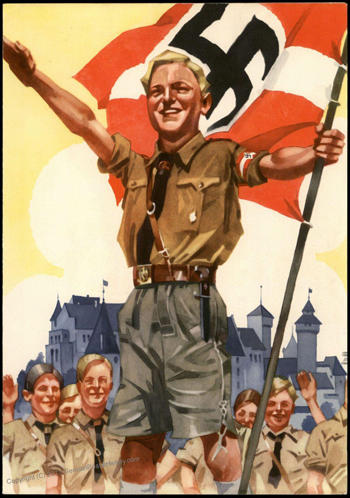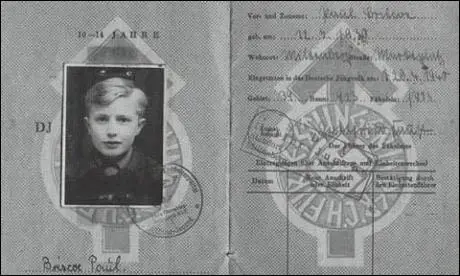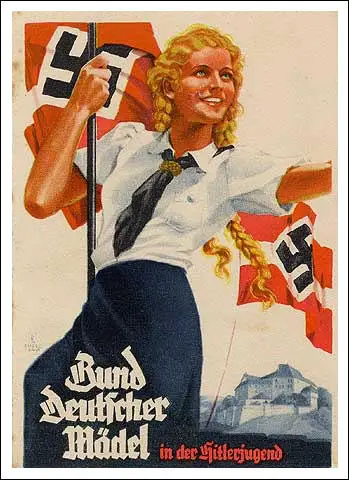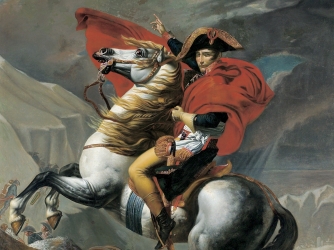 |
| Le Pen during a rally |
Marine Le Pen is the current presidential candidate in France, who many compare to Americas very own Donald Trump. She is the youngest daughter of former leader and founder of Frances National Front Party (FN) and convicted racist Jean-Marie Le Pen. Le Pen was Born in Neuilly-sur-Seine, France in 1968 and grew up around controversy due to her fathers political career, mainly his comments on the holocaust. When she was just 8 years old she survived a bomb attack on her family home, carried out by enemies of her outspoken father. She graduated with a masters degree in criminal law from University of Paris in 1992 and began working as a public defender.
Le Pen showed an early interest in politics as she accompanied her father to rallies at a young age and at the age of 18 joined the National Front. She was first elected to a regional post in 1998, marking the first step on her political career. As she became leader of the National Front in 2011, she sought out to purge the party of its most overtly anti-semantic and racist overtones. This ultimately led to her and her fathers fall out in 2015 as she expelled him from the party.
Some of Marine Le Pens policies are:
- Lowering taxes and increasing welfare payments for the working class
- Cutting migration by 80 per cent to 10,000 people a year
- Making it more difficult to become a French citizen
- Ending access to free basic healthcare for illegal migrants
- Reinstating border checks and expelling foreigners on the watch lists of intelligence services
- A possible Frexit, having praised Britain's Brexit
Le Pen has taken a strong stance on immigration in France, as she looks to make a massive reduction in legal immigration. As for illegal immigrants, they "have no reason to stay in France, these people broke the law the minute they set foot on French soil". Before the attacks on Paris in 2015, Marine linked islamic terrorism to immigration. This is one of the main reasons people are in favour of her for this upcoming election. She has also promised a frexit under her leadership showing her views as anti-EU. If some how France was able to leave the European Union, it would be the end of the European experiment as we know it.
With the election ongoing it will be interesting to see the outcome and the aftermath if Le Pen does become the President of France!
https://www.thesun.co.uk/news/2165140/marine-le-pen-french-french-presidential-election/
http://www.bbc.com/news/world-europe-38321401
http://news.sky.com/story/marine-le-pen-who-is-national-front-candidate-in-france-election-10759211
https://www.thesun.co.uk/news/2165140/marine-le-pen-french-french-presidential-election/
http://www.bbc.com/news/world-europe-38321401
http://news.sky.com/story/marine-le-pen-who-is-national-front-candidate-in-france-election-10759211










